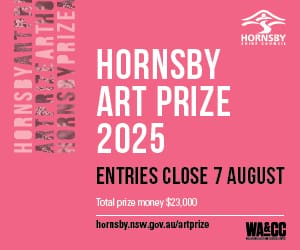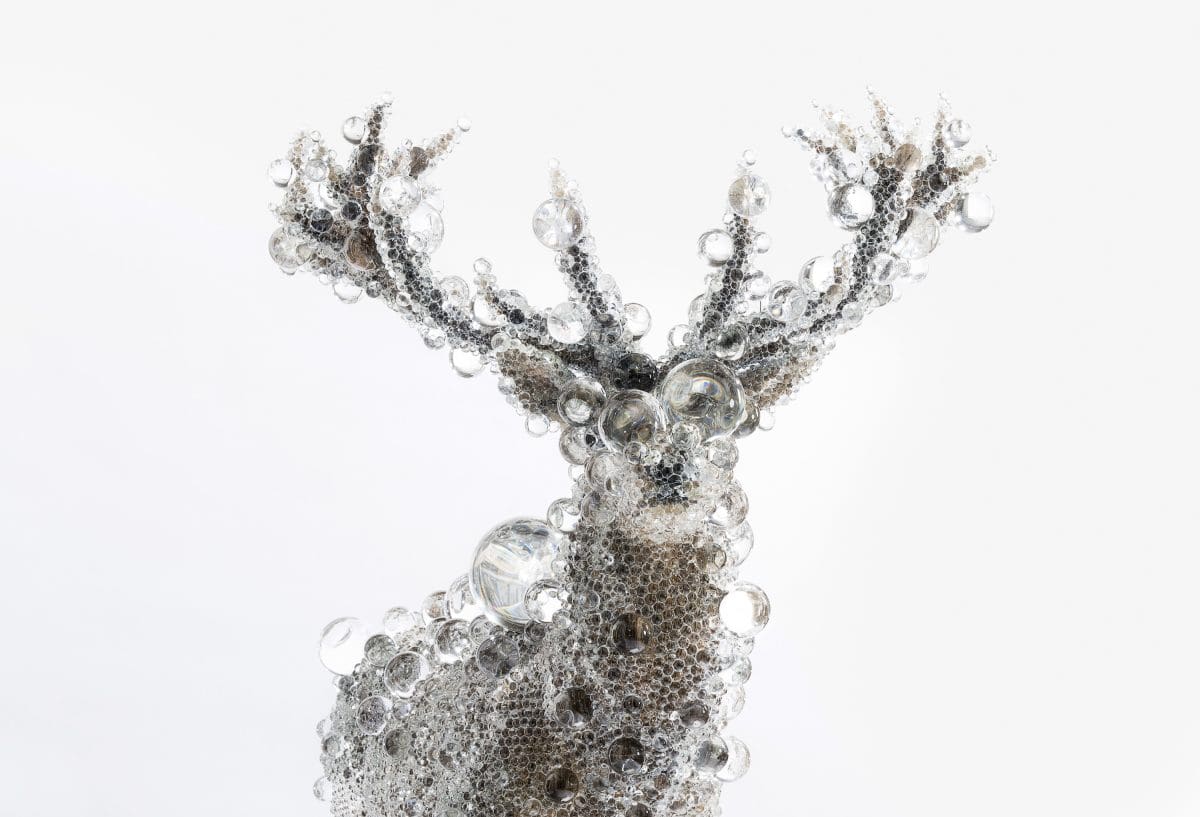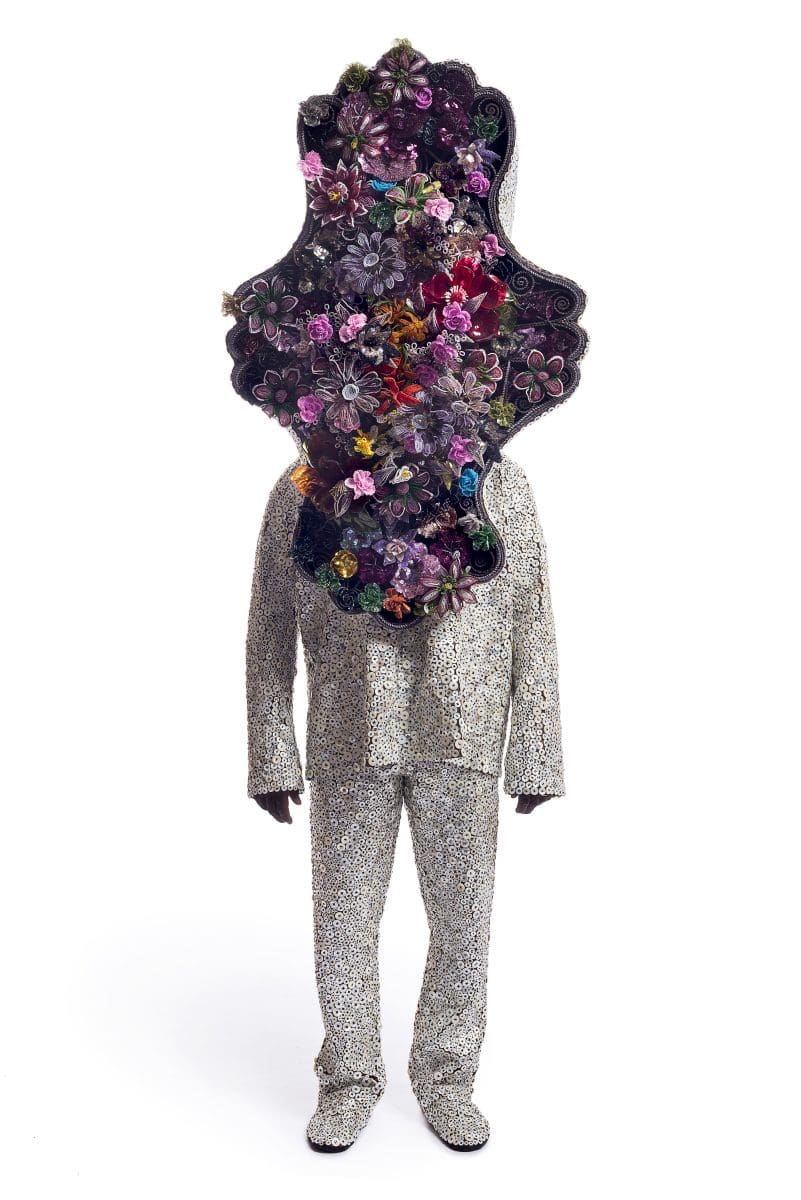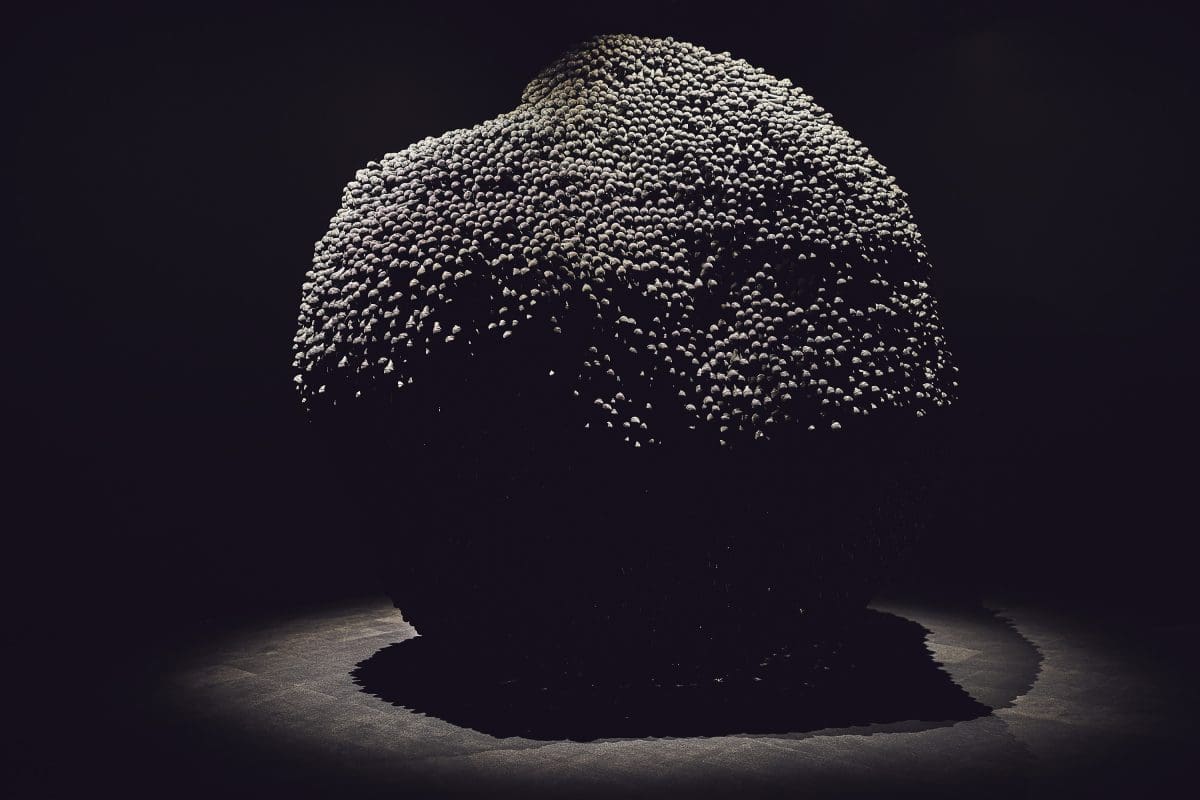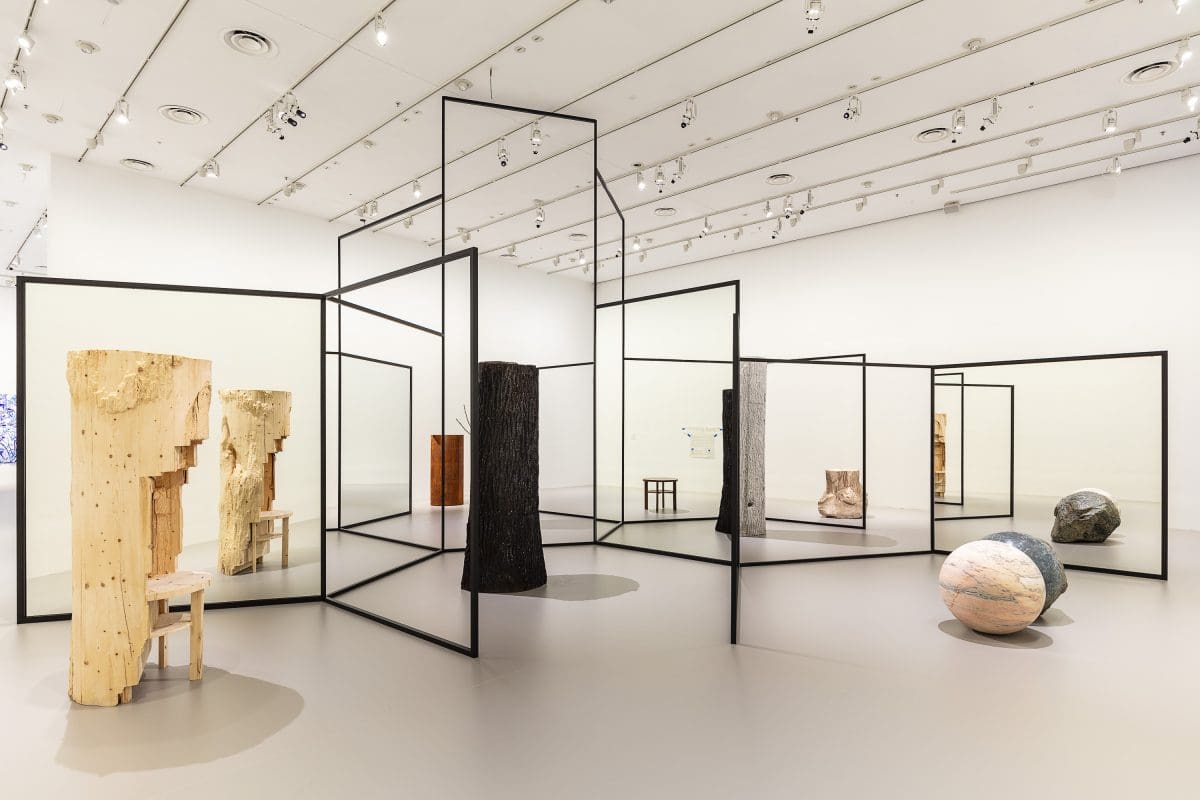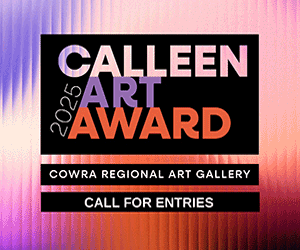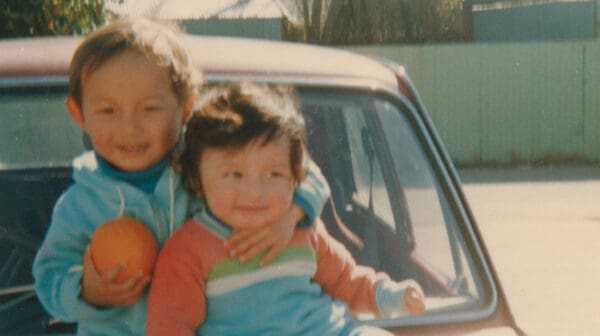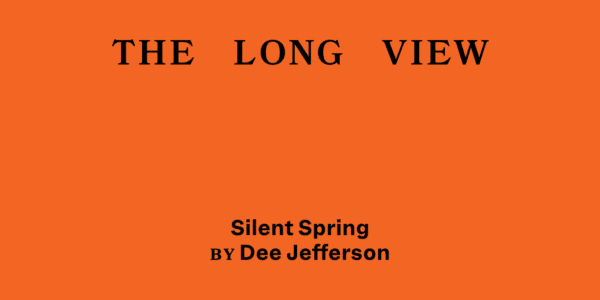The idea of movement suggests progression, an action of physical or conceptual boundaries blurring and bending. Similarly in art and design, movement between form and function might signal subtle differences yet each medium constantly informs the other.
Bringing together over 60 commissioned works from the National Gallery of Victoria collection, Freedom of Movement explores these fluid crossovers by tracking how creatives have responded to global change.
Based on four movements of a symphony, each with its own distinct features, curator Amita Kirpalani explains the tone of each section in the exhibition. “In music, the first movement of a symphony is usually lively, the second is lyrical and slow, and the third is quite jaunty. The final movement brings everything together in an expansive finale.” Reflecting this, the works in Freedom of Movement are grouped thematically into those exploring gesture, time and the commonalities between human and animal forms.
One of the largest and most physically expressive installations is Manga Chairs, 2015, by Oki Sato of Japanese design studio, nendo. Based on the hand drawn elements of manga comics, a collection of minimalistic chairs recalls the linear shapes of speech bubbles, facial expressions and illustrative effect lines to reveal how furniture can evoke emotion.
Arranged in a grid to mimic the sequential structure of comic panels, Kirpalani says, “The chairs belong to a movement we dedicated to the idea of gesture. This is a visual and process-driven movement, and the nendo chairs visually move through their beginnings as drawings through to their physical realisation as a piece of furniture and physical object.”
The second movement is an exploration of time and contains large-scale immersive works. Here, Shilpa Gupta’s Untitled (Rock), 2012-2015, looms as a circular black mass made up of hundreds of microphones emanating audio of a poem being read aloud. Based on geographical borders and silenced voices, particularly those relating to the Partition of India in 1947, Kirpalani says Gupta’s work fits into this movement by presenting a “more contemplative experience of viewing work, and a listening experience”.
Questions of sustainability also weave throughout, such as Optical (Tinted), 2018, by Stuart Haygarth. Constructed from found and thrifted spectacles, Optical hangs from the ceiling like a spherical chandelier. “Haygarth’s work looks at the circular economy and how we use and dispose of objects by offering a re-examination of an item regularly discarded. There is a different political and social reasoning at play with many of these works, particularly when we are dealing with everyday objects and thinking about the stuff we purchase, collect and live with. To me that’s also a conversation about one’s own ecological footprint.”
Flowing into the third and fourth movements are works by artists known for blending human and animal forms. Among them are Patricia Piccinini, KAWS and Nick Cave, who each offer sculptural works blurring the physical boundaries of life, expanding it into a fantastical realm of shapeshifters and highly evolved beings.
“We want this section to open up a broader conversation between art and design,” says Kirpalani. “While there is a clear division between these mediums throughout the exhibition, what is interesting is the correspondence between the works. We can ask how designers are working like artists and how might artists work like designers?”
Freedom of Movement: Contemporary Art and Design from the NGV Collection
NGV International
(Melbourne VIC)
3 December 2022—10 April 2023


